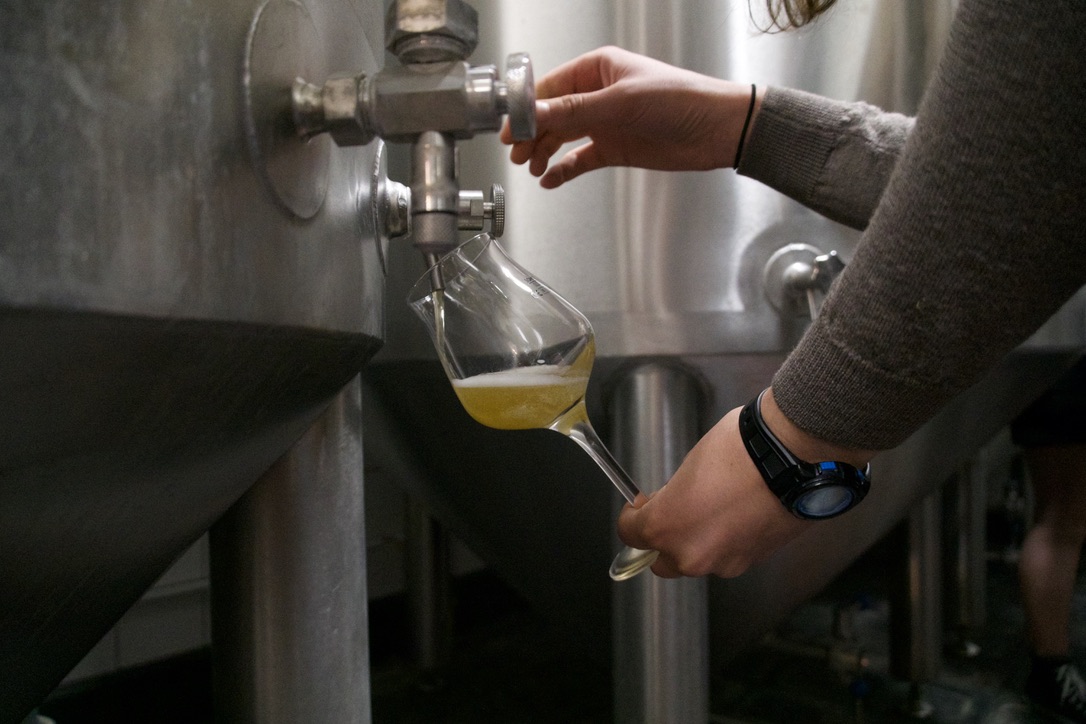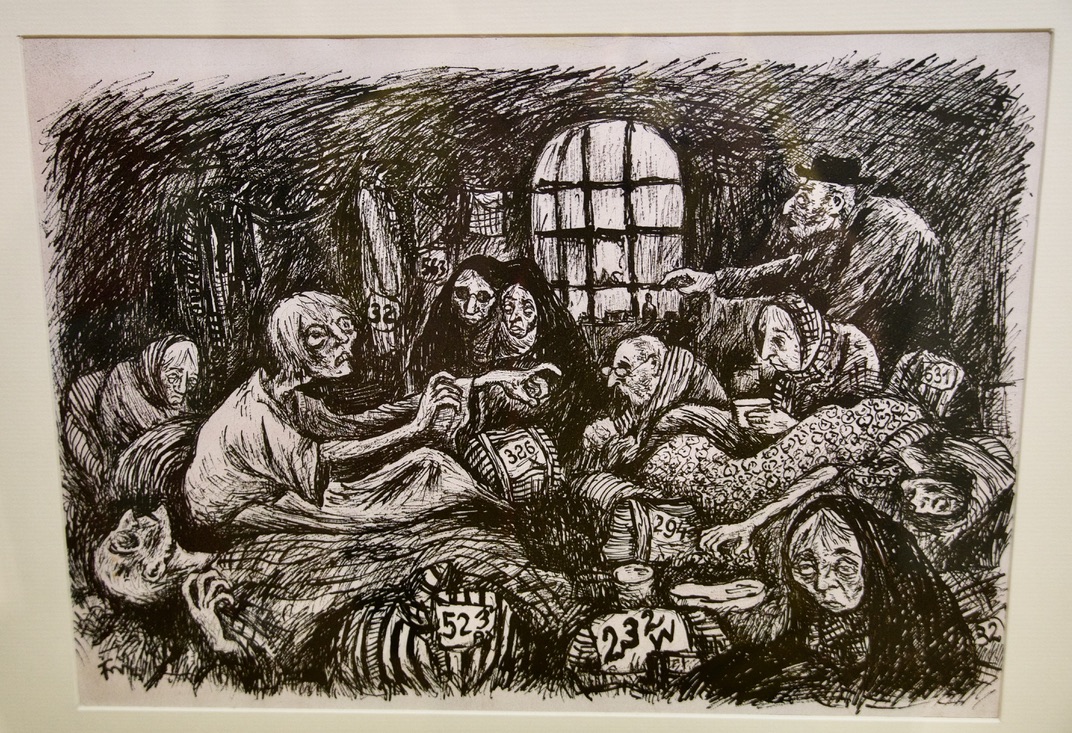The Joyful and Traumatic Histories of the Czech Republic
On Saturday of our third weekend in Prague, our entire Global group toured a local microbrewery called Bad Flash. Beer plays a prominent role in Czech culture and has a long history in the country. The Pilsner style of beer was invented in the small city of Pilsen not far from Prague and is a source of national pride. Large national brands, such as Budvar, Kozel, and Pilsner Urquell, brew most of the beer the Czech Republic consumes. Surprisingly, the popularity of independent microbreweries is a recent import from the United States and has only gained popularity over the last couple of years. Our tour of Bad Flash included a detailed explanation of the brewing process from a microbiology and chemistry perspective. Being a chemistry major, I found the science behind good beer fascinating. One sobering note from the tour came during our host’s explanation of the grain which forms the base of all beer. Ukraine grows much of the grain the brewery uses. With the war raging on, many Ukrainian farmers cannot plant their fields, leading to a potential grain shortage this summer. While this shortage will likely only produce a modest price increase in Bad Flash’s beer, it could create devastating famines in other parts of the world, a reminder of the interconnected and unequal world our Global group is traveling through.
Our tour ended in the room where the beer undergoes its final fermentation steps. Here, enormous stainless steel tanks hold the developing beer allowing the brewmaster to monitor and control yeast growth. This final stage is what makes or breaks a beer, and although science plays an important role, the intuition of the brewmaster reigns supreme. Depending on the strain of yeast used, the temperature and fermentation time is adjusted. The brewmaster tastes each tank frequently during this process to determine when the beer is mature, a task requiring a well-developed palate. One of the tanks of pilsner was nearing maturity, and we each tried our hand at pouring a small glass of beer and critiquing its flavor. I am no beer connoisseur, but this refreshing, unfiltered pilsner passed with my approval.

The next day we explored a more somber site in the Czech Republic, the Theresienstadt Ghetto. The Theresienstadt Ghetto was a concentration camp created by the Nazis during the second world war. Originally a walled fortress city, the Nazis kicked out its original 7,000 inhabitants and forcibly relocated over 144,000 Jews from the Czech Republic and the surrounding counties. At its peak, the population of Theresienstadt reached almost 70,000 prisoners. The overcrowded, squalid conditions intentionally created by the Nazis led to the death of 30,000 Jews imprisoned in the ghetto. Leading our group on the tour was (Jiří Blažek, a member of the Czech Jewish community, a tour guide, and a historian. Blažek added important context to the museums and sites we visited throughout the day. Although the Soviet Red Army proudly and publicly liberated concentration camps in 1945, the socialist government of Czechoslovakia after the second world war stayed largely silent on the Holocaust and the treatment of Jews and other persecuted groups during the war. Because of this, the Theresienstadt Ghetto did not open as a museum until 1991, after the Czech Republic became a democratic country.
The most powerful part of our tour for me was an exhibit showcasing art created by prisoners of the camp. Many of the Jews imprisoned in Theresienstadt were talented artists. The Nazis realized this and created a propaganda office where they forced the prisoners to create drawings and paintings portraying the ghetto as an ideal community that the Jews were lucky to live in. Secretly, the prisoners drew their own pictures showing the reality of the concentration camp. Although the styles vary widely between the artists, the intense suffering conveyed in their art shows what life in the camp was really like. The Nazis let only one group of independent eyes into the camp during the war when the International Red Cross visited in 1944. Knowing that Red Cross Inspectors were coming, Nazi SS officers made a calculated effort to beautify the camp and curate a tour that obscured the daily reality lived by the prisoners. This ploy worked, and the Red Cross left thinking the conditions in Theresienstadt were humane. In a similar way, as the Red Army approached, the Nazis destroyed all photos documenting the suffering of prisoners before liberation reached the camp. This left the prisoners’ art as the only proof of the atrocities committed and adds to their historical importance. This experience was an important reminder of the country’s painful history. It led our group to discuss the discrimination that unfortunately still occurs against groups targeted during the Holocaust, including Jewish and Roma people.

You must be logged in to post a comment.